Premium Only Content
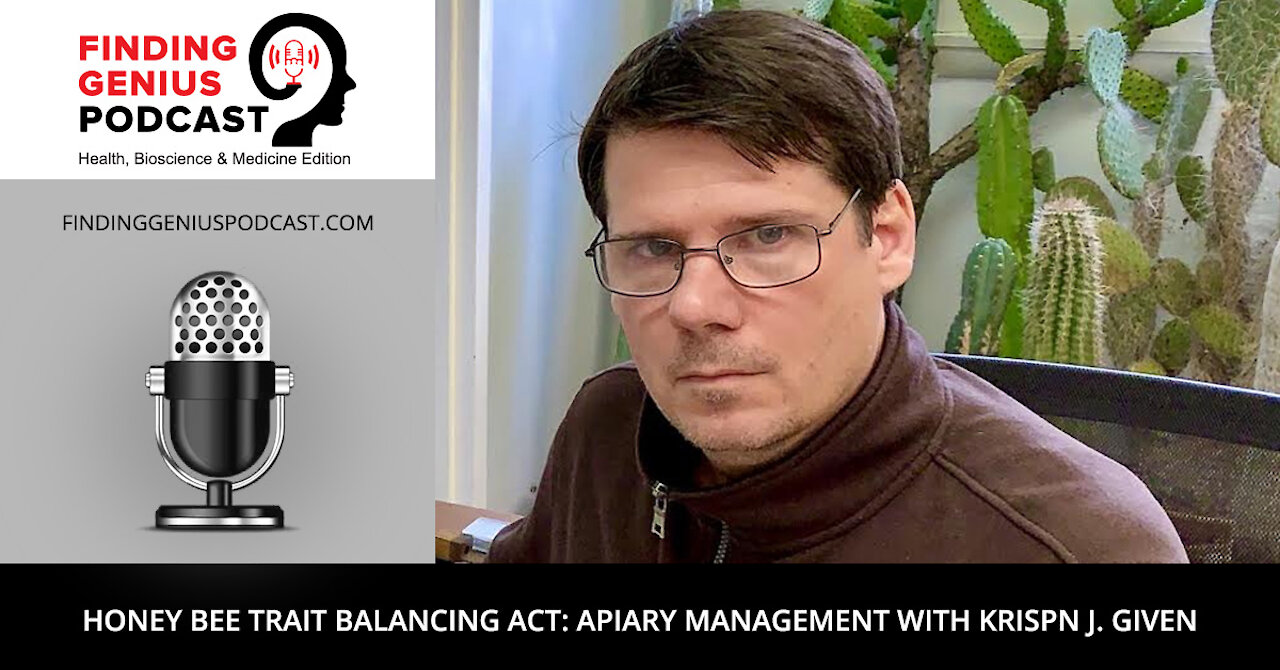
Honey Bee Trait Balancing Act Apiary Management with Krispn Given
The biggest challenge in breeding honey bees? Keeping the right balance of desirable traits in colonies, from mite biting to pollinating behaviors, requires a complex process. Krispn Given discusses some of the subtleties and important considerations in apiculture.
Listen and learn
Why the varroa mite is like a dirty hypodermic needle invading honey bee colonies, jeopardizing bee health and productivity;
How these mites are obligate parasites, even breeding within the beehive cells,
What traits are especially important for a beekeeper to consider, from mite biting to grooming and honey production, and
Why breeding research will transition to marker-assisted selection rather than phenotypic traits.
Krispn Given is an apiculture specialist at Purdue University and focuses on selecting for behavioral traits to reduce the impact of varroa mites and the bee diseases they cause. He gives listeners an appreciation for the complexities of beekeeping while keeping the fascinating aspects of the activity front and center. For example, researchers like Given are actually able to select for mite-biting behavior, which is a recessive, heritable trait.
He explains how they examine mites for evidence of chewing marks, selecting and breeding bees that were able to effectively chew the mites enough to kill them. But there’s a catch: they can’t forget about other desirable traits like honey production and effective pollinating. He talks about the efforts to maintain a healthy mix for a balanced colony.
He also gives listeners a glimpse into the future of his research, such as crossing some of these mite-biting bees to make them available for the commercial industry. In addition, they plan on incorporating MAS, or marker-assisted selection. In the past, they’ve focused on phenotypic traits but technology has enabled them to start genotyping their colonies.
Of course, these behaviors take place at epigenetic and genetic levels and Given addresses this additional balance, explaining how they tease out various traits through the the years. Listen in for some terrific honey bee research stories.
Available on Apple Podcasts: apple.co/2Os0myK
-
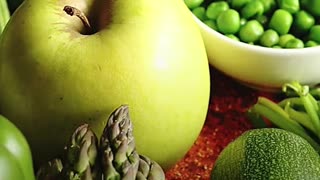 0:37
0:37
FGP
10 days ago🔋 Unlocking Natural Sources Of Lithium 🌱💧
431 -
 0:43
0:43
RobertLeBoeuf
4 years agoRobert LeBoeuf - Juggling With Balancing
229 -
 10:48
10:48
WFTX
4 years agoBalancing new business challenges with family
10 -
 0:07
0:07
flydiver1
4 years agoHoney Bee Feeding
701 -
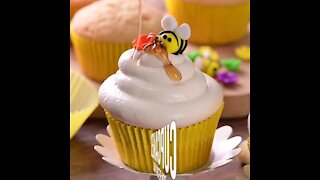 1:02
1:02
KiwiLimon_SeasonalRecipes_English
4 years agoCupcakes with Honey Bitumen
29 -
 0:28
0:28
KGTV
4 years agoVaccines given Saturday with no appointment
55 -
 0:40
0:40
Christina915
4 years agoBalancing Cat act
55 -
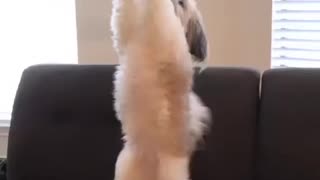 0:13
0:13
kbsolomos431
4 years agoShih Tzu balancing act
7 -
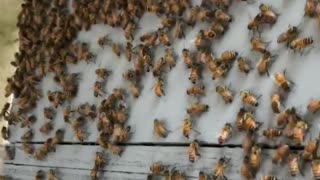 1:18
1:18
mmillion
4 years agoHoney Bee Trap out
69 -
 0:33
0:33
Jhmorgan87
4 years ago $0.01 earnedQueen Honey Bee
220